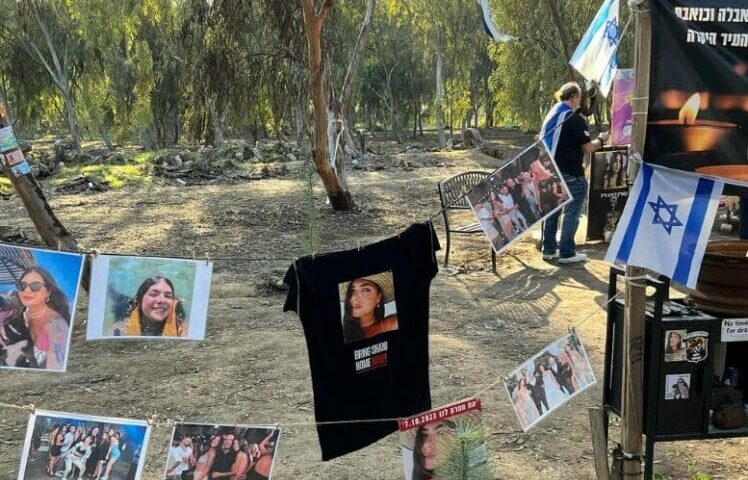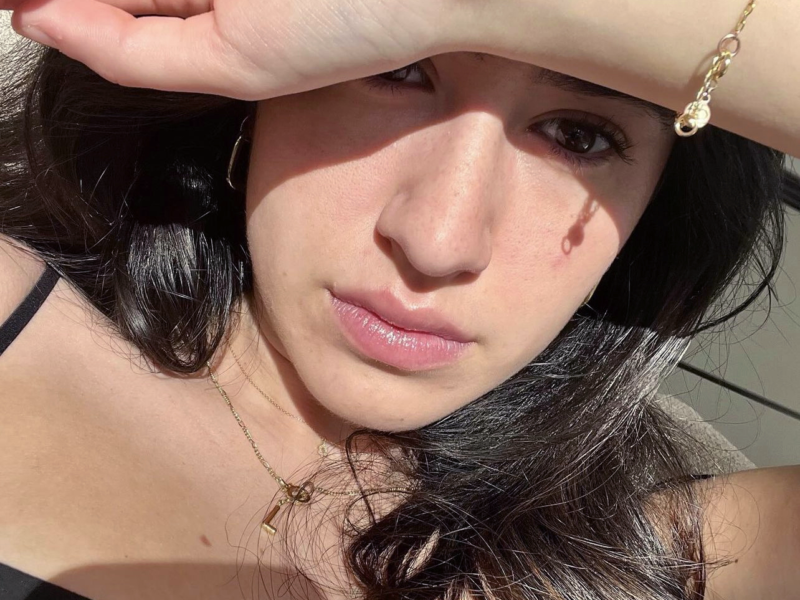TUCSONANSBy Phyllis Braun
Sadness, anger, hope, and resilience. Todd Rockoff, president and CEO of the Tucson Jewish Community Center (JCC), felt all these emotions and more on a JCC Association Board Solidarity Mission (JCCA) to Israel in January.
“I felt a great pull to be there,” he says, to bear witness and “to support our brothers and sisters in Israel” in the wake of Oct. 7, when Hamas terrorists murdered 1,200 people and took 240 hostages.
Rockoff, who helped organize the trip for 40 JCCA participants, says it hurt to be in Tucson, far from our ancestral Jewish homeland, and it hurt to be in Israel, “standing with people in the south who had had the most unthinkable happen.”
“To stand on Kibbutz Nir Oz and to see the devastation and destruction on this beautiful kibbutz” where the grass is still green but no one is there, he says, inspired both the question of how to rebuild “and the feeling that we have to rebuild.”
Two other Tucsonans participated in recent solidarity missions. In December, Ben Pozez joined an eight-person Jewish Federations of North America (JFNA) Solidarity Mission. In late January, Rabbi Sam Cohon of Congregation Beit Simcha traveled with 36 colleagues on a Rabbinic Solidarity Mission organized by the Reform movement’s Central Conference of American Rabbis.

On the JFNA mission, participants donned bulletproof vests and helmets to visit Kibbutz Kfar Aza, one of the sites attacked on Oct. 7. They could hear bullets being shot in nearby Gaza and munitions being fired from Israel, but Pozez says he never felt unsafe.
“It was gut-wrenching,” he says, to see homes destroyed, with “bullet holes going door to door,” simply because the inhabitants were Jewish. “It’s a modern-day pogrom.”
Israelis are experiencing a collective sense of trauma, a PTSD of 8 million people, Cohon says. “There’s not a family in Israel that hasn’t either lost somebody” or doesn’t have friends who did. “Everybody’s connected. It’s just not that big a country.”
Pictures and stories of the hostages are everywhere, but visiting “Hostage Square” in Tel Aviv was overwhelmingly powerful, Cohon says. The square in front of the city’s art museum, across from the Ministry of Defense headquarters, features art installations and memorials.

One of the most affecting, Cohon says, shows a hand reaching up from underground.
The hostages who remain in Gaza are “on the minds of Israelis, all Israelis, all the time,” he says.
In November, as part of a temporary ceasefire agreement, Hamas released 105 of the hostages. On Feb. 6, Israel confirmed that 31 of the remaining 136 hostages are dead; either they were killed on Oct. 7 or died while being held captive. On Feb. 11, The IDF rescued two hostages in Rafah, a city in southern Gaza.
Cohon says his Reform movement colleagues are liberals “who believe in cooperation, in peace.” Israeli Reform rabbis used to drive Palestinians to Israeli hospitals and employ workers from Gaza. He was stunned, therefore, by their complete loss of trust in the Palestinians.
No one Cohon spoke with was pushing for an end to the war until the hostage crisis is resolved.






